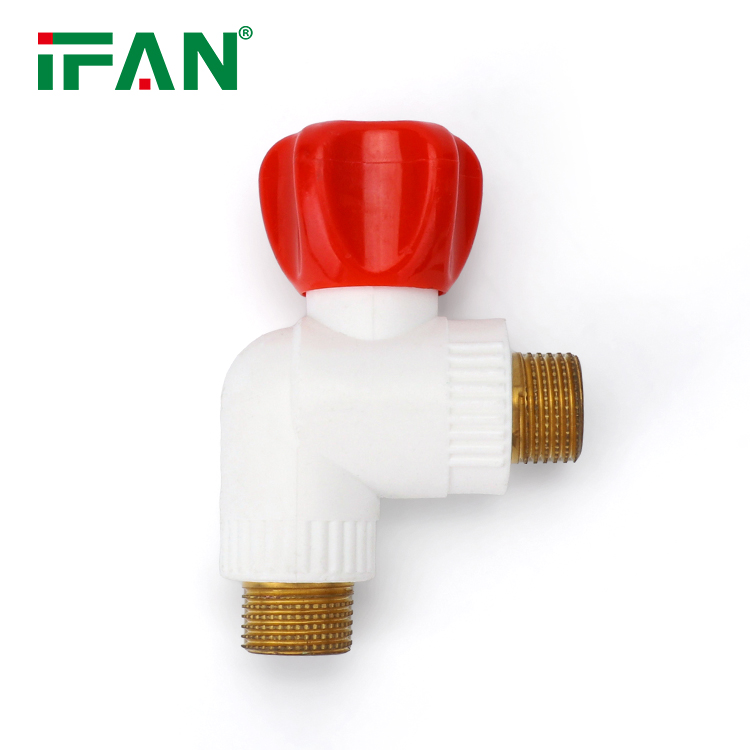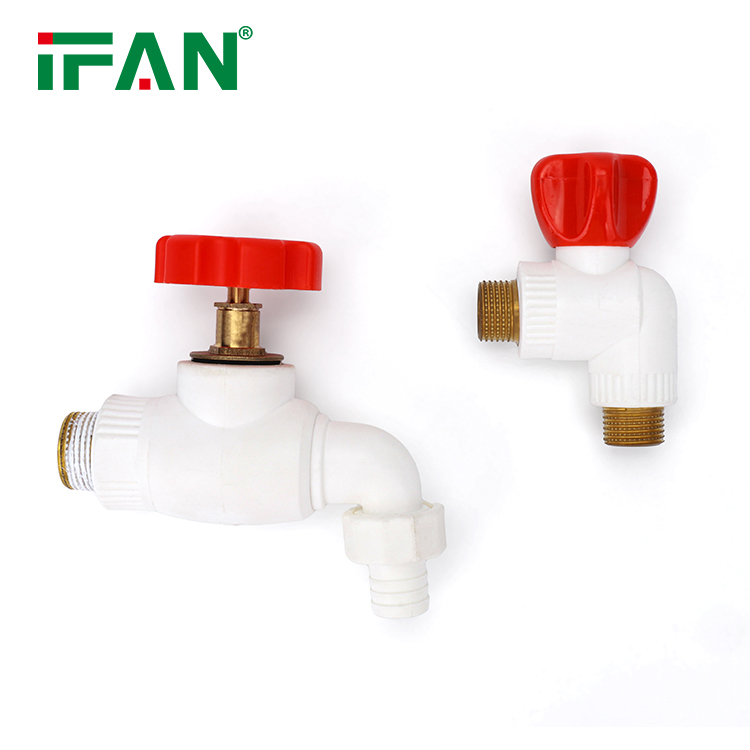Plastic Bibcocks – The Smart Choice for Your Home or Business!
When it comes to fixtures in your home or business, it’s important to choose high-quality products that will stand the test of time. One option that is gaining popularity is the plastic bibcock, also known as a plastic tap.
These taps are made from durable, high-quality plastic materials that are resistant to corrosion and rust. They are available in a variety of styles, including traditional and modern designs, making them perfect for any home or business.
One of the main benefits of plastic bibcocks is that they are lightweight and easy to install. Unlike traditional metal taps, which can be heavy and difficult to maneuver, plastic taps are lighter and more flexible, making them ideal for DIY projects.

Another advantage of plastic bibcocks is that they are extremely easy to maintain. Because they are resistant to rust and corrosion, they require minimal maintenance and can last for years without needing replacement. Additionally, plastic taps are easy to clean and disinfect, making them the perfect choice for home and business use.
Plastic bibcocks are also an affordable option for those on a budget. Because they are made from low-cost plastic materials, they are often less expensive than traditional metal taps. This makes them ideal for those who want to upgrade their fixtures without breaking the bank.
There are many reasons why plastic bibcocks are the smart choice for your home or business. They are lightweight, easy to install, require minimal maintenance, and are affordable. With so many benefits, it’s no wonder that more and more people are choosing plastic bibcocks for their plumbing needs.
So if you’re looking for a high-quality, reliable tap that won’t break the bank, consider a plastic bibcock. With its durability, ease of installation, and minimal maintenance, it’s the smart choice for any home or business.






